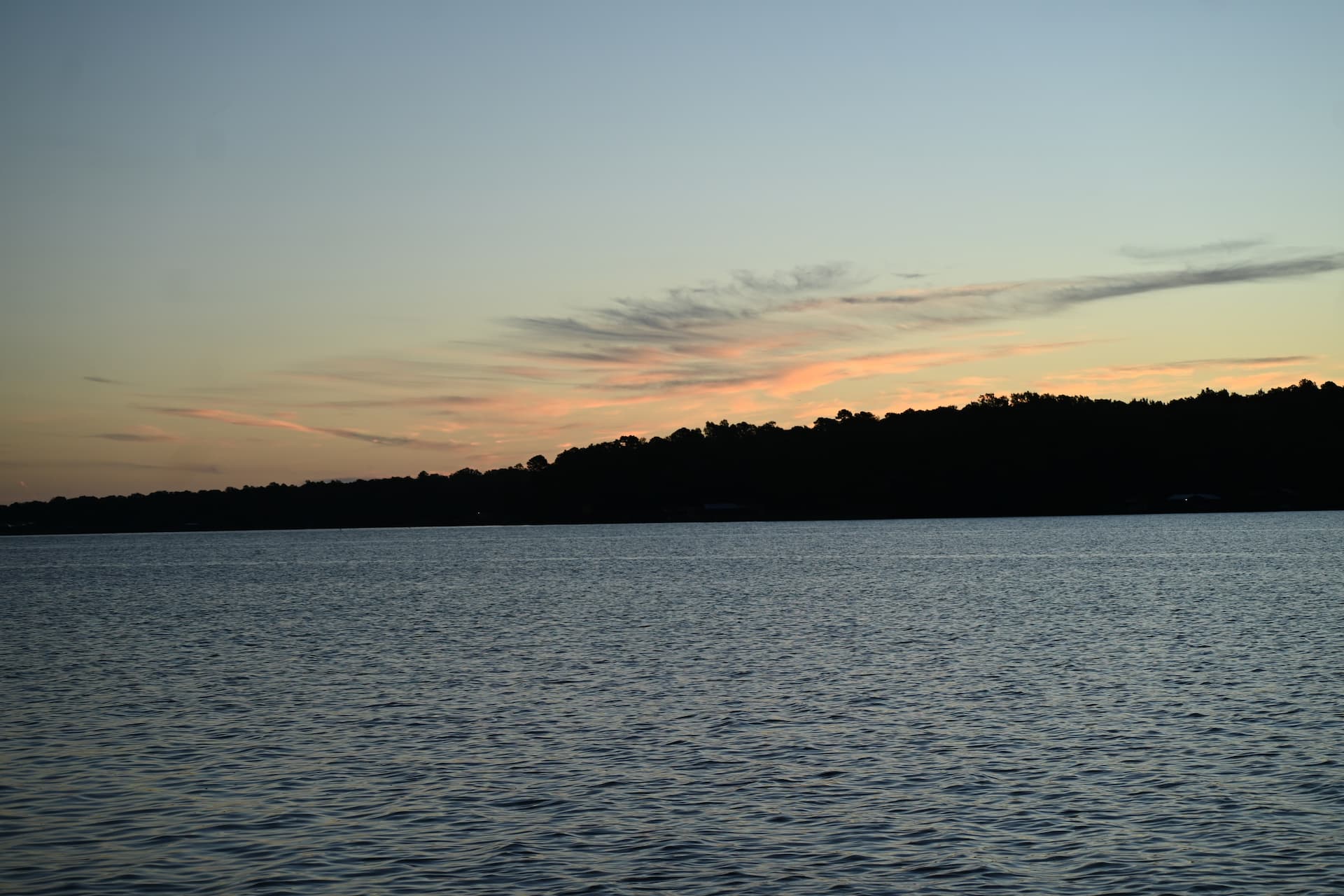Description
The Threadfin Shad (Dorosoma petenense) is a small, silvery fish species that inhabits freshwater bodies across North America. With its distinctive appearance and important role in aquatic ecosystems, the Threadfin Shad is a noteworthy member of the fish community.
Physical Characteristics
The Threadfin Shad is easily recognizable by its elongated body and long, filamentous dorsal fin rays that resemble threads. Its silvery coloration reflects light, giving it a shimmering appearance. The scales are small and cycloid, contributing to its smooth texture. This species typically ranges from 3 to 5 inches in length.
Distribution
Threadfin Shad are native to the southeastern United States, and they can be found in various freshwater environments, including reservoirs, lakes, rivers, and backwater areas. Their distribution has expanded due to intentional stocking efforts, leading to their presence in waters beyond their natural range.
Habitat and Behavior
Threadfin Shad prefer warm waters and are often found in open waters or near the surface. They have a tendency to congregate in schools, which provides them protection from predators and enhances their chances of finding food. Their feeding habits are predominantly planktivorous, as they consume tiny algae, zooplankton, and other microscopic organisms.
Reproduction
Threadfin Shad reproduce prolifically, with females releasing large numbers of eggs that scatter in open waters. The eggs are adhesive and may attach to various surfaces. Once hatched, the young shad go through several stages of development before reaching maturity. Their rapid reproductive rate contributes to their abundance in many aquatic systems.
Ecological Role
Threadfin Shad play a crucial role in aquatic ecosystems as both prey and forage species. They serve as a vital link in the food chain, providing a food source for larger fish, birds, and other aquatic predators. Additionally, their filter-feeding behavior can influence water quality by consuming plankton and helping regulate algae populations.
Significance for Fisheries
Threadfin Shad have gained importance in fisheries management as a forage fish. They are often stocked in reservoirs and lakes to enhance the food supply for larger predatory fish species, such as bass and catfish. This intentional stocking can improve overall fish populations and angling opportunities.
Conservation and Management
Threadfin Shad populations are managed to ensure their balance with other aquatic species and to prevent overpopulation. They are also subject to regulations to prevent their spread to new waters and their potential to outcompete native species. Responsible fisheries management strategies focus on maintaining their ecological role while avoiding negative impacts on native ecosystems.
Conclusion
The Threadfin Shad’s unique appearance, prolific reproduction, and ecological significance make it a valuable contributor to both natural ecosystems and human-managed fisheries. By understanding its role and managing its populations responsibly, we can ensure the continued success of this important fish species.

